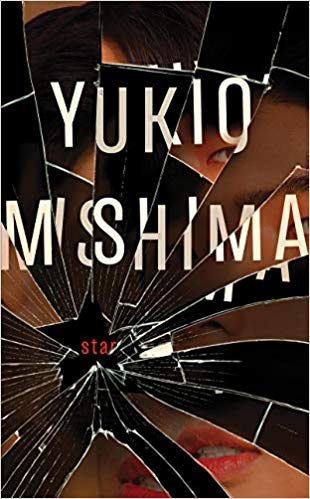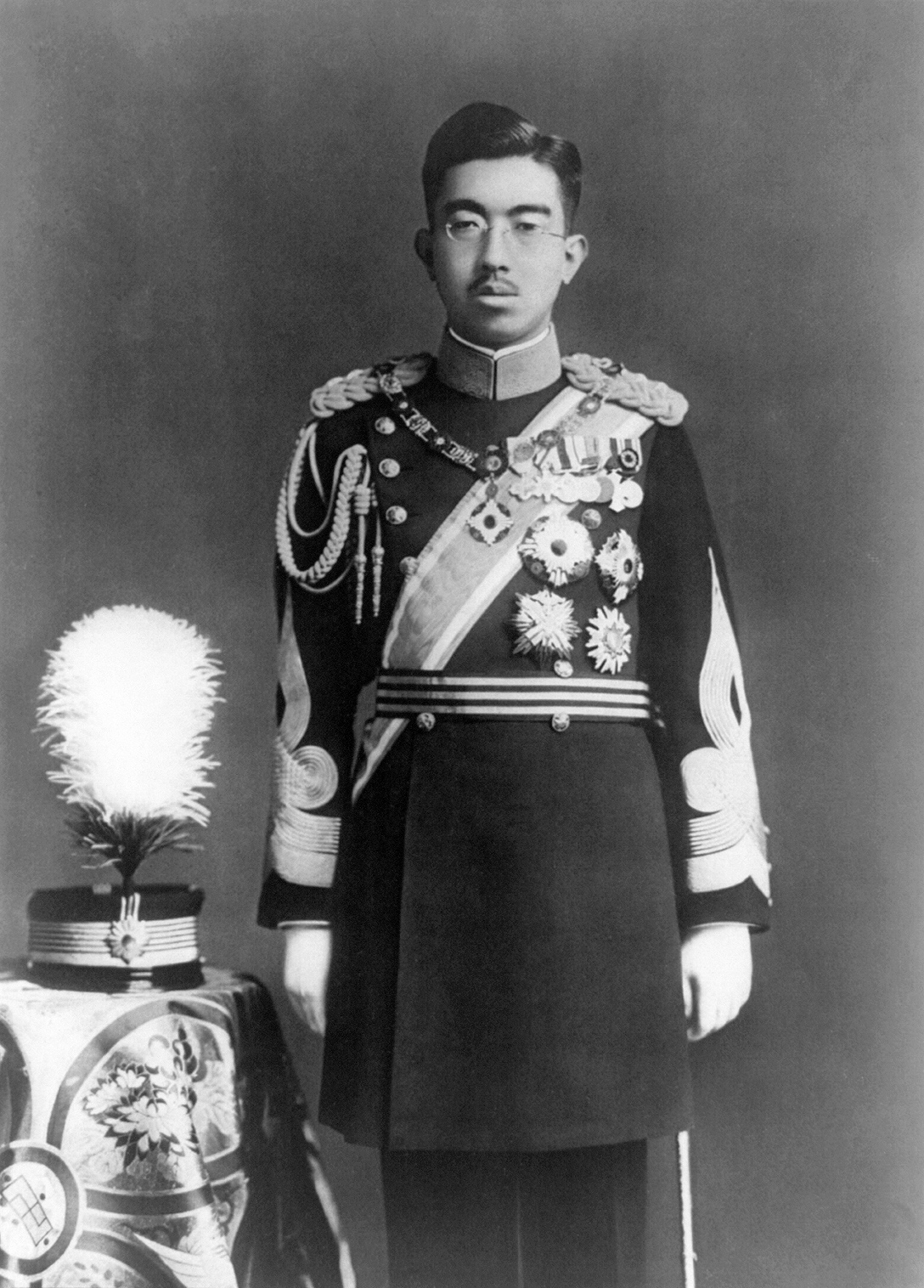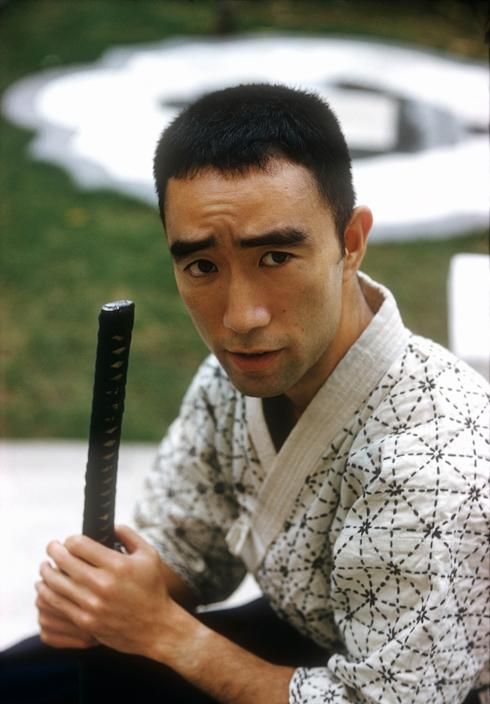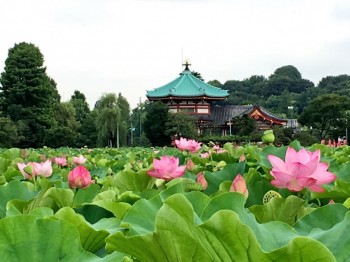“Once I was behind the camera with the film unspooling, time flowed like the cool, clear waters of a high ravine, where I could swim my way upstream. My body took on buoyancy, and even walking the same ground as before felt like something more than walking. I became the force of time incarnate, following a steady rhythm, passing through the scripted motions one by one like they were floating weeds that curled around my body.”
 Fans of Yukio Mishima (1925 – 1970) will celebrate this first-ever English translation of Star, one of the thirty-four novels written by Mishima before his death by ritual suicide at age forty-five. Written in 1961, Star tells the story of actor Rikio Mizuno, a twenty-three-year-old film star whose whole life is fraught with intense anxiety, alleviated only by his opportunities to become someone else in films. The author himself was well familiar with the joys of acting and producing theatrical works, writing approximately fifty plays, working as an actor and even as a film writer, when he was not writing his thirty-four novels. His insights into acting and the actor’s feeling of becoming another “person” are obvious here in this novella, which is filled with insights into drama and its fine line between imagination and reality. In one episode in Star, for example, the actor Mizuno is criticized by the director of the film because he does not look sufficiently annoyed during a key scene, leading Mizuno to comment that “I found myself adrift in the lonely expanse that an actor enters upon being criticized, but I remained enveloped in my role as if it were an invisible skin, close and protective. It traced the contours of my mind and body, wafted up like ether, shielding me from reality. I may as well have been behind a castle wall.”
Fans of Yukio Mishima (1925 – 1970) will celebrate this first-ever English translation of Star, one of the thirty-four novels written by Mishima before his death by ritual suicide at age forty-five. Written in 1961, Star tells the story of actor Rikio Mizuno, a twenty-three-year-old film star whose whole life is fraught with intense anxiety, alleviated only by his opportunities to become someone else in films. The author himself was well familiar with the joys of acting and producing theatrical works, writing approximately fifty plays, working as an actor and even as a film writer, when he was not writing his thirty-four novels. His insights into acting and the actor’s feeling of becoming another “person” are obvious here in this novella, which is filled with insights into drama and its fine line between imagination and reality. In one episode in Star, for example, the actor Mizuno is criticized by the director of the film because he does not look sufficiently annoyed during a key scene, leading Mizuno to comment that “I found myself adrift in the lonely expanse that an actor enters upon being criticized, but I remained enveloped in my role as if it were an invisible skin, close and protective. It traced the contours of my mind and body, wafted up like ether, shielding me from reality. I may as well have been behind a castle wall.”
Actor Mizuno’s relationships with his director and his co-stars remain professional, partly because he also has a special romantic relationship with Kayo, his female assistant, who lives with him and, secretly, shares his bed. She helps him to think up tales of young romance to share with his newspaper interviewers to keep things “interesting,” allowing him always to tell the press “a different story, with a first love at age seven, another at ten, one for fifteen, one for seventeen. It goes without saying that each account had to be innocent and pure in keeping with the vision of the PR Office.” His own job for the PR office is to come up with his own backstory of violence, a difficult task since he has always been shy, but his acting role in the film is that of a yakuza, a member of organized crime, “with its simplistic attitude toward death and the pretty woman who resists him hiding her true feelings.” Gradually the author suggests deeper themes. One night-time scene in a quiet landscape suggests to Mizuno that he is actually participating in something from the gates of death, and when a beautiful young woman, who is not part of the original cast, begins to assume a role in the film, he becomes convinced that he has slipped into another dimension. A failed suicide attempt by this actress is eventually used to advantage by the PR office, which decides to emphasize that she had chosen “to take her own life rather than live a lifetime without [Mizuno], but thanks to his intervention she was spared.”
The extreme romanticism, both of the plot line and of the literary style, are clearly deliberate here, a way to keep viewers, especially female viewers, engaged and returning for additional films involving the “star.” The conclusion of the film, the involvement of the press, and the already advanced preparations for the actor’s next film, ready to begin immediately after the final scenes from this film are completed, keep the “star” busy and the audience anticipating more. With filming on a new work due to begin the next day, it is not surprising that the actor himself begins to become both fatigued and depressed, eventually even considering suicide himself. This leads the loyal Kayo to declare that “For a star, being seen is everything, but [the powers that be] know that the reality everyone thinks they see and feel draws from the spring of artifice that you and I are guarding. To keep the public pacified, the spring must always be shielded from the world by masks…worn by the stars….If you never cycle out the masks, you run the risk of poisoning the well. The demand for new masks is insatiable.”

Emperor Hirohito (1901 – 1989), ruled Japan during World War II and afterward, but his powers were severely curtailed after the war.
Those fans of Yukio Mishima who have already read some of his much more serious novels, especially the four novels of his Sea of Fertility Tetralogy (written between 1969 and 1970), will find this novella a fascinating curiosity which hints at but does not fully develop some of the major themes of his life and career. Mishima wrote this novel, however, in the middle of his writing career, nine years before his ritual suicide. As a study of the film world and the experiences of an actor in thrall to it, Star conveys both the lure of popularity and an actor’s increasing dependency on it for his own identity, a point emphasized at the end of the novella, when the young Mizuno goes to the barber shop. There he sees a now-elderly actor, formerly a “living god, male beauty sublime” whose famous face “had become a dingy plaque, a place to hang a mask – the mask of the handsome face that he had lost.” Mizuno is “struck by unfathomable terror” as he looks into his own mirror, inspiring a darkly romantic conclusion to this study of the acting world. In contrast to Star, author Mishima’s famous Sea of Fertility tetralogy were the last four novels of his illustrious career, an epic summing up of Japanese twentieth century history, the author’s own feelings about it, and his hopes for change. He had hoped that these last creative works would help inspire a small group of followers as they tried to inspire a national coup to re-establish the emperor’s rule with all its powers, lost in the aftermath of World War II. When the coup failed, Mishima epitomized his own beliefs with his ritual suicide at the age of forty-five.
ALSO by Mishima, reviewed here: From the SEA OF TETRALOGY series: SPRING SNOW (#1), RUNAWAY HORSES (#2), THE TEMPLE OF DAWN (#3), THE FROLIC OF THE BEASTS, LIFE FOR SALE
Photos. The author’s photo appears on http://mandegar.info
Shinobazu Pond at Ueno Park is from: http://hiyuka-tokyo.hatenablog.com/
Emperor Hirohito (1901 – 1989), ruled Japan during World War II and afterward, but his powers were severely curtailed after the war. https://en.wikipedia.org/


